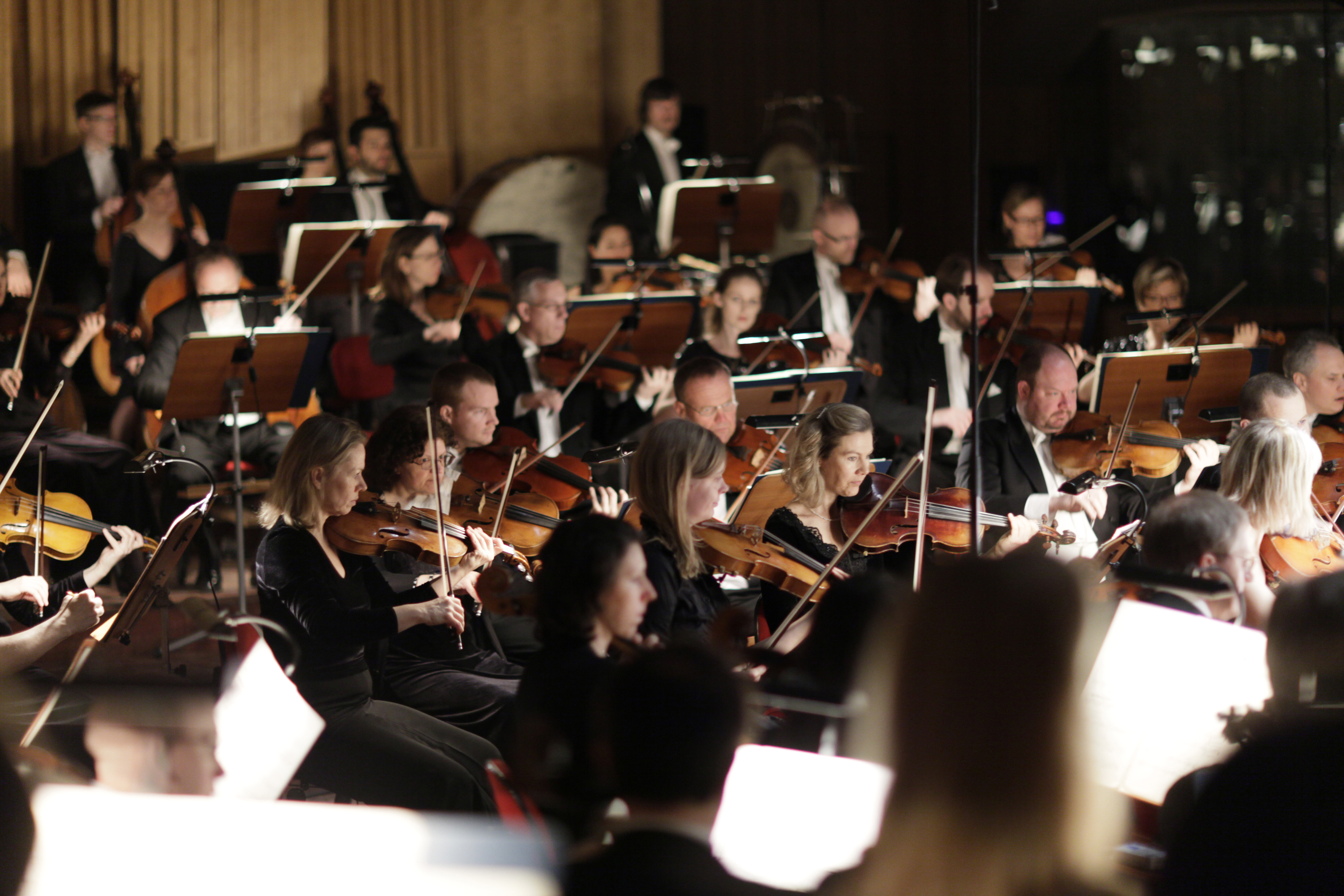Cultural leanings
Interested in culture? It used to be that people in the bigger cities in Sweden were the ones with the most "cultural interests."
-
 Most cultural city in Sweden? Lund (which has been very much in the limelight lately, as it is also the most environmentally friendly city in Sweden). Culture (from the Latin “cultura” meaning “to cultivate”) is a word that has three basic elements: excellence of taste in the fine arts and humanities (also known as high culture); an integrated pattern of human knowledge, belief and behavior that depends upon the capacity for symbolic thought and social learning; and, the set of shared attitudes, values, goals and practices that characterizes an institution, organization or group. Above: A sample of "finkultur"—Sveriges Radios Symfoniorkester (the Swedish Radio Symphony Orchestra) playing at Berwaldhallen in Stockholm.
Most cultural city in Sweden? Lund (which has been very much in the limelight lately, as it is also the most environmentally friendly city in Sweden). Culture (from the Latin “cultura” meaning “to cultivate”) is a word that has three basic elements: excellence of taste in the fine arts and humanities (also known as high culture); an integrated pattern of human knowledge, belief and behavior that depends upon the capacity for symbolic thought and social learning; and, the set of shared attitudes, values, goals and practices that characterizes an institution, organization or group. Above: A sample of "finkultur"—Sveriges Radios Symfoniorkester (the Swedish Radio Symphony Orchestra) playing at Berwaldhallen in Stockholm. -
-
That is no longer the case. The latest study shows there are extreme differences in appetite for culture in the country, and the strongest leanings are to be found with people who live in Lund. But there are other interesting differences, too. People living in Göteborg, for instance, are more active library goers than people living in Stockholm.
-
“In Sweden we have perhaps an over-confidence that everyone’s the same. This study shows enormous differences,” says Rudolf Antoni, investigator at Fastighetsägarna (the Swedish Property Federation, a trade organization), who along with Handelns utredningsinstitut (the Swedish Retail Institute) produced the study. “Only 28 percent of people in Borås go to the movies on a regular basis, while people in Stockholm go more than twice as often, 61 percent.” Lund tops the list, followed by Göteborg, Stockholm, Uppsala and Malmö—showing that big cities and university cities are more culturally active. But also people in cities like Kalmar and Halmstad are quite cultural. “It was a bit surprising,” says Antoni. “But then again, these cities are regarded as attractive.” The least cultural city is Hässleholm, which is more than six times worse than Lund.
-
-
